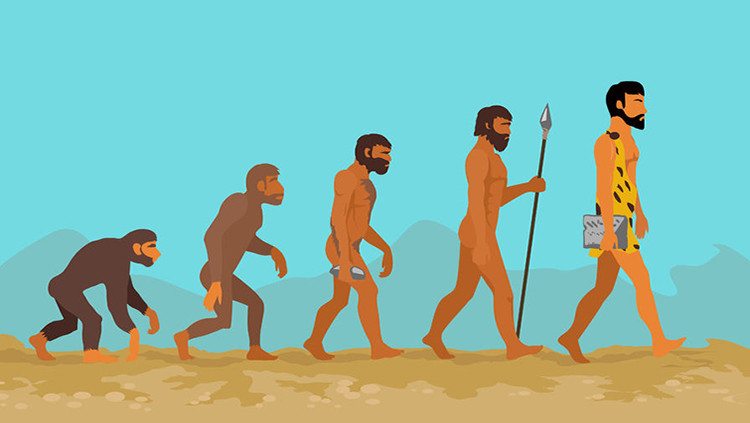The reason humans don't have penile bones
We will find out why animals have penile bones and humans do not.
Previously not like that. Researchers have evolved the time to evolve penile bone , the scientific name is baculum first appeared in 145 million years ago, with branched mammals and non-placental mammals.
This means from very old times, our ancestors have baculum. And on the journey of evolution into people, they lose it. The researchers determined that time was 1.9 million years ago, coinciding with the period when people began to stand upright.

In evolution, the baculum in humans has disappeared.
The reason we lose the baculum may be due to a change in mating. The length of the baculum in primates is very much related to the time of penetration, which is the time when the penis is in the vagina. The average human infiltration time is just under 2 minutes, so it looks like we don't need bone support.
There are primates like bonobo gibbons that mate only 15 paper / times, though they still have baculum. This may be because they are polygamous primates, with many males and females paired together. Competition is very harsh so they need to have extra bones to support.
In other polygamous species, the extra bone helps them to extend mating time, so that other males don't have a chance to peek at their mates. They literally mean to stop each other.
For comparison, people are less competitive with monogamy . That along with the relationship time can be why our baculum bone disappears.
Listening to this news may make you feel down, but there are some good news that will help you get happy right here.
Baculum has all shapes. In some species, the large and slightly frightening baculum like the baculum is 60cm long of the walrus. Most animals are not like that. Chimpanzees with baculum are only as big as human fingernails.
In fact, even without that extra bone, humans still have the largest male genitalia among the species of the Family.
- Men used to have bones at that place but because they were faithful, they were no longer there
- Penile atrophy in middle age
- The reason sharks have no bones
- Interesting facts about bones are not well known
- Detecting fossils of human bones living on trees
- Discovering the old city with a 2,000-year-old penile image?
- New hope for penile regeneration in humans
- Dentures from crocodile egg shells
- Connect the bones of the screw made from ... human bones
- Fossils discovered 300,000 years old
- Decoding giant bones in Italy
- Wine and beer are good for bones
 'Fine laughs' - Scary and painful torture in ancient times
'Fine laughs' - Scary and painful torture in ancient times The sequence of numbers 142857 of the Egyptian pyramids is known as the strangest number in the world - Why?
The sequence of numbers 142857 of the Egyptian pyramids is known as the strangest number in the world - Why? History of the iron
History of the iron What is alum?
What is alum? Scary abilities of Tomahawk missiles
Scary abilities of Tomahawk missiles  The 12 most famous plots of the Zhuge Liang era are still valid today (Part 1)
The 12 most famous plots of the Zhuge Liang era are still valid today (Part 1)  Check out the most expensive meats in the world
Check out the most expensive meats in the world  The boy has the miraculous ability: lighting electricity with skin
The boy has the miraculous ability: lighting electricity with skin  The rifles 'assassins' of Russian soldiers in urban combat
The rifles 'assassins' of Russian soldiers in urban combat  Sad love story behind the love locks around the world
Sad love story behind the love locks around the world 